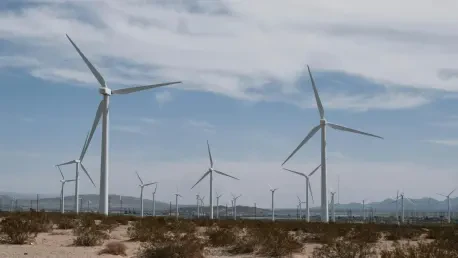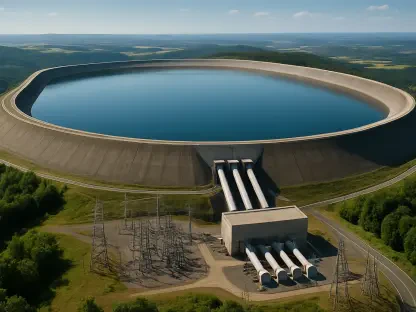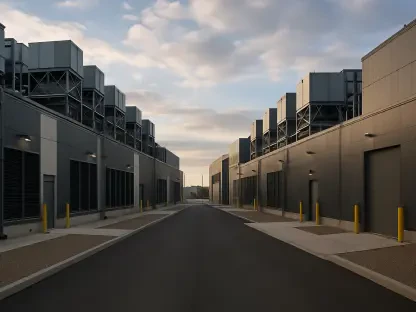The ongoing legal battle over the Empire Wind project off New York’s coast brings to light a critical intersection of legal, environmental, and economic interests in the renewable energy sector. The lawsuit filed by fishing companies and offshore wind opponents challenges the decision to reverse a stop-work order imposed during the Trump administration. This market analysis delves into the broader ramifications of these actions within the context of the U.S. energy landscape.
Navigating Regulatory Shifts: The Importance of Historical Context
The ongoing controversy cannot be fully understood without considering the historical backdrop that led to a regulatory tug-of-war between renewable and traditional energy sectors. The Trump administration’s policy framework prioritized fossil fuels, instituting measures to curtail offshore wind initiatives. These directives, including halting wind project permits and leases, reflected a broader commitment to maintaining the dominance of fossil fuel industries. As the legal scrutiny unfolds, it’s clear how shifting political priorities continue to shape the landscape of energy policy, impacting initiatives like Empire Wind.
The Complexity of Legal and Environmental Considerations
Analyzing the Legal Foundations
Central to the lawsuit against the reversal of the stop-work order is the contention that the U.S. Bureau of Ocean Energy Management neglected its obligations under the Administrative Procedure Act. The plaintiffs argue the agency did not sufficiently justify reinstating the project permits, ignoring originally recognized environmental concerns. This legal dimension underscores the intricate balance between regulatory compliance and the push for renewable energy advancement, raising important questions about the processes underpinning administrative decisions.
Environmental Impact Assessments and Industry Responses
Opponents of the Empire Wind project cite possible detrimental effects on marine ecosystems and fisheries, echoing a common concern among environmental groups regarding offshore wind farms. On the other hand, proponents assert that such projects are integral to reducing carbon dependency and fostering a transition to cleaner energy sources. The conversation around the environmental impact of renewable projects is complex, necessitating comprehensive impact assessments and transparent dialogue between stakeholders to navigate the nuances of balancing ecological preservation with industry progress.
Regional Variations and Economic Influences
The dispute over Empire Wind highlights how geography, regulatory frameworks, and public sentiment can greatly influence energy projects. In regions characterized by strong environmental advocacy, there is increased scrutiny and potential regulatory hurdles for wind developments. Conversely, technological innovations in wind energy could address some of these challenges, although dispelling public misconceptions remains pivotal for progress. Understanding these dynamics is essential for stakeholders seeking to successfully navigate the varied landscape of regional and market-driven energy policy.
Paving the Way Forward in Energy Policy
Current trends suggest an accelerating momentum toward renewable energy adoption, underscored by technological advancements and evolving policy frameworks. With increasing investments in offshore wind infrastructure, stakeholders are recognizing its potential to support sustainable growth. The energy sector must adapt to these changes, keeping pace with technological innovations and regulatory updates. As political climates shift, the path forward will be influenced by how these challenges and opportunities are managed.
Strategic Considerations for Stakeholders
Reflecting on this complex scenario, it becomes evident that stakeholders must strategically manage both environmental responsibilities and economic objectives. Companies in the renewable sector should emphasize clear communication and rigorous environmental assessments to preempt legal challenges and cultivate public confidence. Meanwhile, policymakers have the task of creating clear, supportive regulatory environments that catalyze innovation while safeguarding environmental interests. By staying informed and advocating for balanced policies, both consumers and professionals can contribute to a future aligned with sustainable energy goals.
In this rapidly evolving energy landscape, the legal dispute over the Empire Wind project signifies a transformative period for energy policy. It highlights persistent tensions between entrenched interests and innovative initiatives. As renewable energy continues to gain traction, ensuring coherent navigation of legal and regulatory challenges will be crucial to realizing a sustainable future in energy production.









